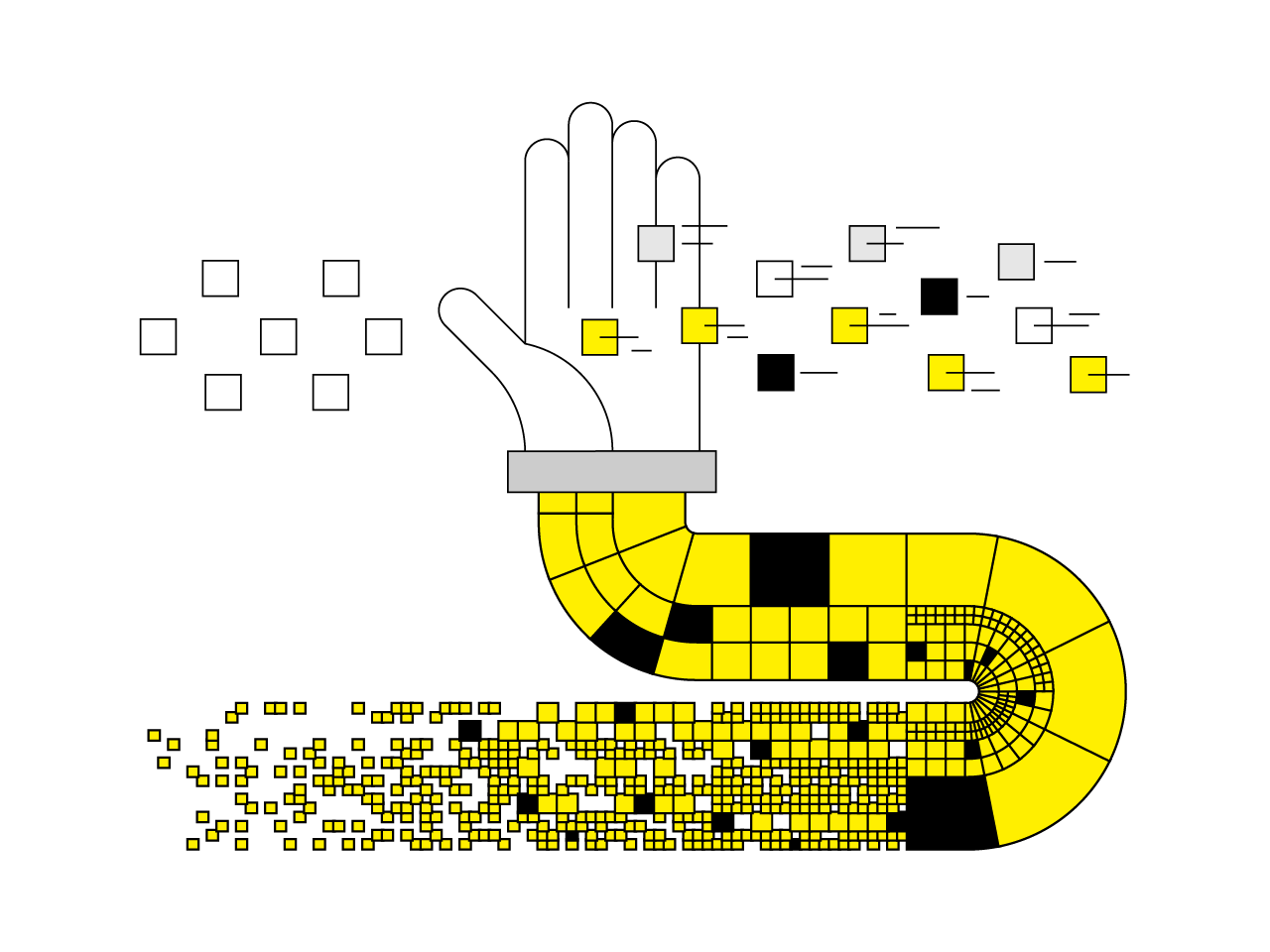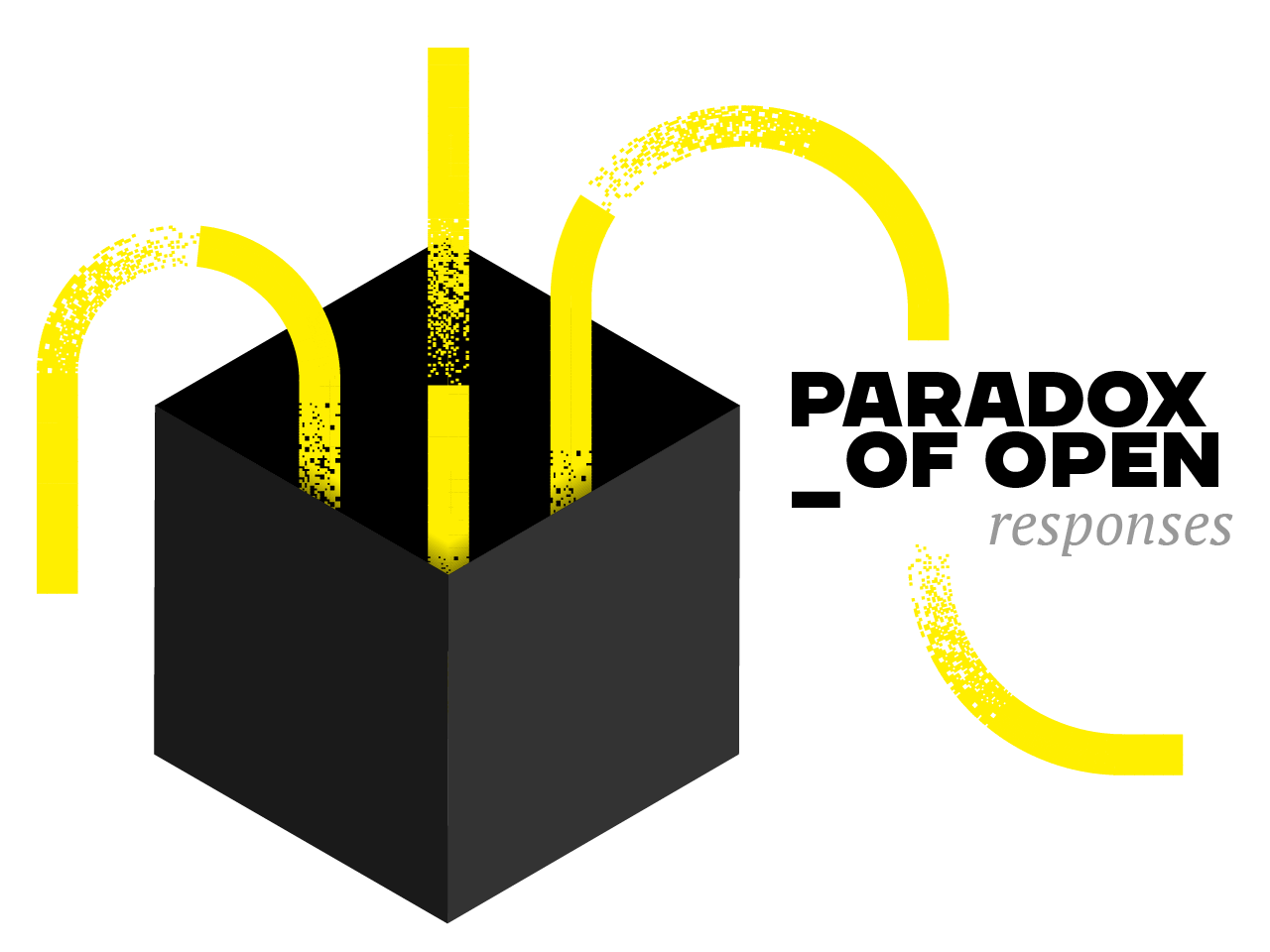Imported, created and path-dependent diversity deficits
New forms of digital openness were originally often linked to utopias of diversity and equality. In 1996, at a time when the Internet was just about to become a mass medium, John Perry Barlow, in his much-cited “Declaration of Independence of Cyberspace,” imagined “a world that all may enter without privilege or prejudice accorded by race, economic power, military force, or station of birth … where anyone, anywhere may express his or her beliefs, no matter how singular, without fear of being coerced into silence or conformity.”[1]
And if there is one successful example that has been committed to these ideals from the beginning, it is certainly Wikipedia. Wikipedia’s central promise, which is still featured on its English homepage today, is to create a “free encyclopedia that anyone can edit.” However, it is also Wikipedia that is notorious for persistent problems with respect to diversity among its volunteer editors. Wikipedia itself states – in the article on “systemic bias” – that “the average Wikipedian on the English Wikipedia[a] is white, male, technically inclined, formally educated, an English speaker (native or non-native), aged 15–49, from a majority-Christian country, from a developed nation, from the Northern Hemisphere, [and] likely employed as a white-collar worker or enrolled as a student rather than being employed as a blue-collar worker.”[2]
Systemic bias is no specialty of Wikipedia but rather quite common in online communities, which explicitly describe themselves as open.
A survey of 5,500 randomly selected open source developers on Github in 2017 revealed the following picture: “The gender imbalance in open source remains profound: 95% of respondents are men; just 3% are women and 1% are non-binary. Women are about as likely as men (68% vs 73%) to say they are very interested in making future contributions, but less likely to say they are very likely to actually do so (45% vs 61%).”
Given the longstanding debate on the lack of diversity in open movements[3], the observation that radical but merely formal openness (“anyone can edit”) is not enough to secure representativeness or diversity among contributors is neither new nor particularly surprising[4]. What I want to contribute to with this essay is a tripartite conceptual framework of exclusionary openness, which might help to more systematically understand and address it. Specifically, I will distinguish between (1) imported, (2) created, and (3) path-dependent diversity deficits in open communities. Together, these three explain how openness may become exclusionary not in spite but at least partly because of radical forms of openness.
First, I would like to suggest distinguishing between two categories of openness-induced diversity deficits: imported and created diversity deficits. Both categories are of interest, especially in those cases where diversity deficits are an undesirable feature of open organizational contexts.
Imported diversity deficits result from the fact that radically open organizational forms reflect social divisions and inequalities one-to-one in their respective organizational contexts. Accordingly, diversity deficits vary from one area to another. For example, one would expect the lack of diversity among programmers as a whole to be reflected in open source software communities. In the case of Wikipedia, there are a number of social inequalities whose import can at least partially explain diversity deficits in the community of voluntary contributors. For instance, as long as women still do the greater part of unpaid (care) work, they have less time to contribute to an encyclopedia. In addition, there are issues such as the usability of Wikipedia, which for a long time required knowledge of wiki syntax in order to contribute, and thus tended to appeal more to male, technology-savvy target groups.
Second, there are also diversity deficits that go beyond the mere import of societal inequality from society into open projects. Such diversity deficits created by radical openness only emerge in the context of open organizational forms, and further reinforce social inequality regimes already present in the environment. Ultimately, these are digital variants of what Jo Freeman has coined “The Tyranny of Structurelessness,” in which the absence of formal rules and hierarchies promotes the emergence and stabilization of informal but still highly rigid authoritarian structures.
One example of the creation of diversity deficits that is particularly relevant in digital contexts is the lack of effective sanctions for exclusionary (communicative) behavior (e.g., harassment) in radically open contexts.
For the field of open source, Valerie Aurora has described this problem as follows:“[I]f your group has nine helpful and polite members, and one rude, sexist, loud member, most women are going to continue to stay away because of that one member.”[5] Such a creation of diversity deficits due to a lack of opportunities or mechanisms to stop exclusionary (communication) behavior is also a now well-studied phenomenon in the case of Wikipedia[6][7].
Taken together, imported and created diversity deficits of open organizational forms demonstrate that not only certain forms of closedness (e.g., through formal or informal access barriers), but also certain forms of openness can be (co-)causal for (undesirable) diversity deficits. At the same time, both categories of diversity deficits are complementary to each other, insofar as they are based on mechanisms that are independent of each other, but may well mutually reinforce each other over time. Thus, it is not only conceivable but even probable that a “merely” imported diversity deficit, such as an industry-typical low proportion of female contributors, leads to the emergence of an organizational culture that tends to solidify these diversity deficits, while radical openness prohibits countermeasures through targeted recruitment policies. Thus, a diversity deficit that was initially imported becomes organizationally entrenched through radical openness. And this leads us, third, to the issue of path dependence in exclusionary openness.
An organizational path dependence occurs when diversity deficits have grown historically or solidified over time, through self-reproducing mechanisms within the organization. It is by no means only possible in comparatively open organizational forms. For example, Sandhu documents path-dependent homogeneity dynamics in the top management of large companies, which lag behind other social sectors in terms of gender equality and diversity. Sandhu explains this by the emergence of self-reproducing – if not reinforcing – “selection paths.”[8]
A typical feature of path-dependent organizational processes is the fact that a specific path emerged long ago, during founding or initial phases – often unplanned, behind the backs of the actors. Over time, this path becomes locked in through self-reinforcing mechanisms, making it increasingly difficult for organizations to deviate from it – even if a path turns out to be inefficient or exclusionary at a later point in time.
In the case of Wikipedia, its origin at the intersection of two predominantly male social circles – the Silicon Valley startup scene on the one hand, and the open source movement on the other – is very likely partly responsible for the structures among the voluntary contributors, which were already male-dominated from the beginning. Such an established, male-dominated organizational and community culture, which manifests itself, for example, in now well-documented, sometimes rude manners, makes participation less attractive for already underrepresented groups or contributes to their marginalization within the community.
For radically open organizational forms, however, the circumstance of historical path dependency of diversity deficits is a particular challenge because of the lack of instruments to address these deficits. On the contrary, self-selection by the vast majority of contributors is characteristic of most of the programmatic approaches to openness.
A first step in countering imported or created diversity deficits, as well as fighting their reciprocally reinforcing path dependence, is to become aware of their existence as a direct consequence of overly open organizational structures. This requires revisiting the promises of radical, but nevertheless only formal openness. Because open for all is simply not open enough.
Parts of this text are based on the German book chapter: Dobusch, Leonhard. “Schöne Neue Digitale Organisationswelt: Offen für Diversität oder Exklusion durch Offenheit?” In: Tschugnall et al. (Eds.): Inter- und multidisziplinäre Perspektiven der Geschlechterforschung: Innsbrucker Gender Lectures IV, Innsbruck University Press, 57-70 (2022). https://www.uibk.ac.at/iup/buch_pdfs/gender-lectures_iv/10.15203-99106-067-3-05.pdf
We asked leaders and experts from the broad open movement what the Paradox of Open means to them and how to address the challenges that it poses. This essay is one of the responses.






